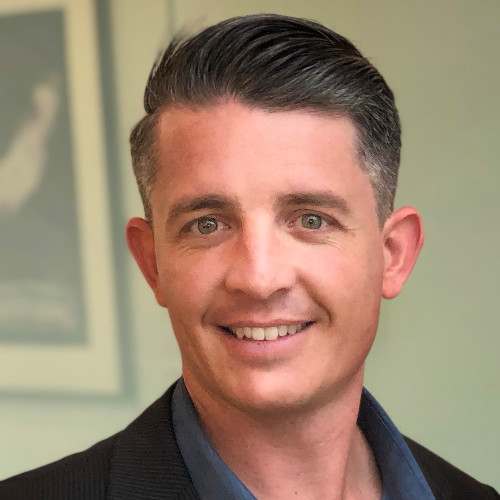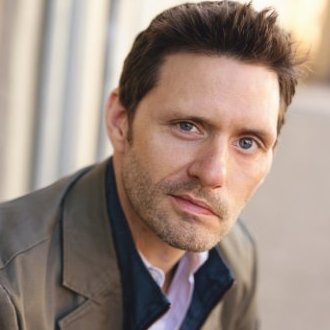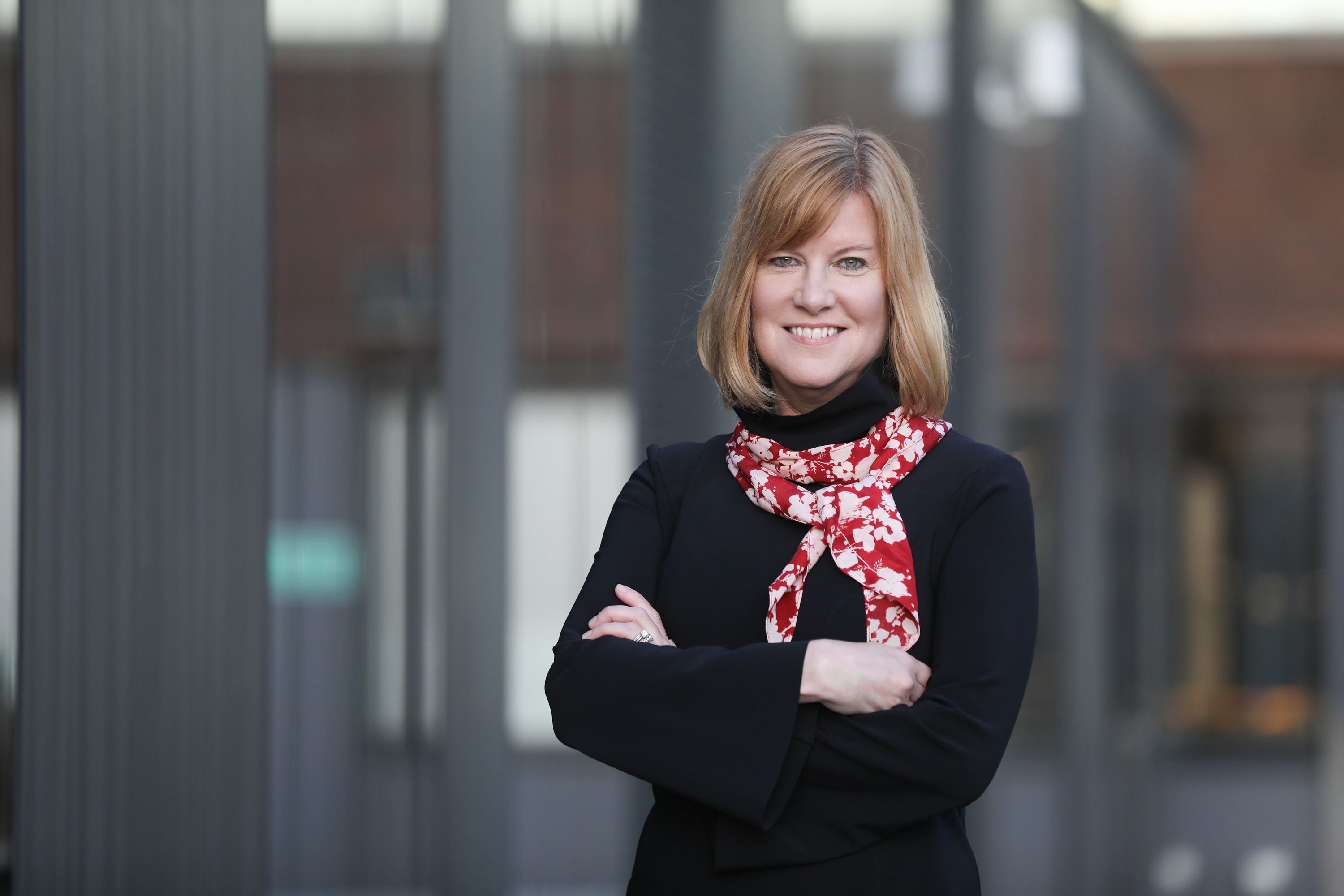Best-Self Management Podcast, Episode 4: Present and Impactful Leadership
At some point in our lives, we’ve all experienced what it feels like to be around someone who, for lack of better words, sucks the energy out of the room. Their negativity has an overpowering presence in even the best of environments. While this attitude can be hard to ignore, someone with magnetic positivity may be even harder to look past.
Either way, our energy is what most affects the people around us, more so than the words we use. Being self-aware and intentional of your energy around those near you can make for an impactful leadership skill.
Welcome back to the Best-Self Management Podcast! In episode 4, David and I sat down with Anese Cavanaugh, creator of the IEP (intentional energetic presence) Method, and author of Contagious Culture, The Leader You Will Be, and soon to be released, Contagious You: Unlock Your Power to Influence, Lead, and Create the Impact You Want.
[CTA “Click here to subscribe to the Best-Self Management Podcast!”]
Anese is also a speaker and advisor to leaders around the world, aiming to help people bring their best selves to the table each day to create a positive impact in their lives, and the lives of those around them.
In this interview, Anese discusses how we can all show up at work with intentionality behind what we hope to accomplish, and how we interact with one other. She also dives into ways we can be present with the energy we bring so that the people around us feel better supported, inspired, and motivated. Impactful leadership teams are able to influence others positively with the attitudes they bring to work everyday.
In this episode, we also talk about:
• The neuroscience behind how we influence each other with our energy
• How and why to build a sustainable culture of self-care in the workplace
• The power that is within all of us to shift our state and become more intentional
Culture of Self-Care
Whether you are a leader or employee, there will be times when you find
your energy level is lower than normal. Luckily, there are ways to
combat it. In this interview, Anese shares actionable insights you can
use to raise your levels of energy on the spot. Here are two examples:
1. Pay close attention to your breath. When people think about self-care,
they automatically think “I need to take a day off,” or “I have to go
get a massage,” because that’s what self-care is traditionally phrased
as. But in that moment of overwhelm, taking a moment to breathe can
create enough space for you to regain your strength and awareness.
To enter this state of rest and repair, try taking 10 deep breaths,
exhaling for twice as long as you’re breathing in. For example, breathe
in for four seconds, then out for eight. This is a simple, yet sure way
to regain your centeredness.
2. Be mindful of how you speak to yourself. Even the most impactful leadership teams
and individuals can find themselves doing many things at once and may
experience overwhelm. In these moments that you find yourself moving
quickly, take note of how you’re speaking to yourself. Are you allowing
yourself space to grow, or are you halting yourself with
self-discouragement due to fear of failure?
Use “life-giving” language to push yourself beyond your comfort zone.
This means saying “yes” when you feel confident in your abilities to
carry-out a task or project. On the other hand, it’s also ok to set
personal boundaries with yourself, and be concrete when you’d like to say “no” to certain things. Both are great practices of self-care and self-awareness.
The celebration of self-care can easily be fostered in a workplace
environment. Companies that set the precedent up front through their
core organizational values,
onboarding process, and even using IEP as a way to begin team meetings,
can help honor the agreement with one another to show up as your best
self and work towards a greater goal together. Impactful leadership
teams who demonstrate this make it easier for those they manage to
mirror that behavior.
[Tweet ” One thing we can get better at is being conscious about how we show up for ourselves and each other. This requires being aware of our intentions, energy, and presence in anything we do.” – Anese Cavanaugh “]
Being intentional and present all the time seems difficult, but Anese reminds us that the more we do it, the easier it becomes. When leaders are able to be more present, they inspire their team’s best thinking and creativity.
Below is a sneak peek inside episode 4, but if you’d like to listen to the Best-Self Management Podcast for yourself—click here!
Episode 4: Present and Impactful Leadership
Shane: Anese, thank
you for joining us on today’s podcast. We’re really excited to dive
into the conversation around the body of work that you’ve been producing
and how to help companies be more intentional.
Anese: Thanks for having me! So excited to talk to you.
David: I am
particularly excited to have you here given the work we’ve done
together. For those of you listening, we had Anese come to a session at
our annual company-wide retreat
last year and it was extraordinary. Many of her principles have
influenced our product, and we use some of her techniques inside our
leadership meetings, so I’m excited to get into that!
To start off, can you tell us a little bit about what Intentional Energetic Presence (IEP) is, and how it helps leaders in the workplace?
Shane: … and also, how you get away with using three words that are typically not common vernacular in the business world?
Anese: Ok! So, Intentional Energetic Presence,
I shorten it with IEP. It’s about the energetic presence that you bring
in to everything you do—how you show up in the world with the people
around you, how you show up for yourself, and what is the energetic
presence you walk into any conversation with.
And Shane, if you take each of the three words apart, you’ve got intention, which is what you want to have happen; energy, which is the energy that you’re bringing to the table, and stamina to make those things happen; then Presence, which is how present you are in the moment, and how you’re showing up in doing those things. You put those all together, and you have Intentional Energetic Presence.
[Tweet “No matter what we say or do, there is always something that is communicated even more loudly underneath it, and it is usually our energetic presence.” – Anese Cavanaugh “]
We created a methodology out of it to make the IEP method. The idea is
that no matter what we say or do, there is always something being
communicated more loudly underneath it, and it’s usually our energetic
presence. It’s how people are responding to us, how people experience
us. It’s the vibe we’re bringing into anything that we do. When you’re
looking at your Intentional Energetic Presence, a huge part of that is
how we’re taking care of ourselves so that we have the stamina to do the work that all of us do.
David: I imagine
that for some people, these concepts might seem more or less… soft. Can
you help paint a picture of what it looks like when someone has a very
positive, strong IEP, versus when they don’t so people can relate it to
experiences they may have had interacting with other people?
Anese: Of course. I
think for anybody listening to this, we’ve all had the experience of
being in a meeting, someone else starts to speak up, and the whole energy of the room drops. Everything in the room feels tight and contracted, and you think ‘oh, that
guy’s here again.’ Or, we’ve had the experience of having a
conversation of a friend, and while you might be feeling really good,
that friend’s energy is lower and they’re putting off a funky vibe.
Then all of a sudden, we start to match that vibe. We start to feel ourselves getting tired by just hanging out with this person. For someone with a strong IEP, they’ve got the skills. You could be giving someone the best feedback of their life, however, if your intentions, energy, or your presence are not clear, they’re not going to receive it in the same way…
Are you ready to create a more impactful leadership team that practices self-care, and demonstrates how to be fully intentional, energetic, and present in the workplace? Listen to this full episode of the Best Self Management Podcast and tell us what you think in the comments!

Shane Metcalf is a keynote speaker on building a world class workplace and one of the world’s leading pioneers in the space of cultural engineering and positive psychology. His insights have been featured in Inc, Fast Company, Washington Post, and Tech Crunch. As the Co-founder of 15Five, Shane and his team support HR Executives with data-driven continuous performance management. 15Five has won numerous awards for their company culture, including the prestigious Inc Best Workplaces award, and is ranked #3 in the U.S. on GlassDoor. Follow Shane on Twitter and LinkedIN.

David Hassell is co-founder and CEO of 15Five. David formerly served as President of the San Francisco chapter of the Entrepreneurs’ Organization and was later named “The Most Connected Man You Don’t Know in Silicon Valley” by Forbes Magazine. David has been featured in The Wall Street Journal, Inc., Entrepreneur, and Wired. Follow him on Twitter @dhassell.
Photo by Andreas Selter on Unsplash




